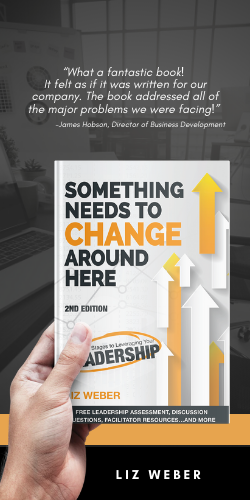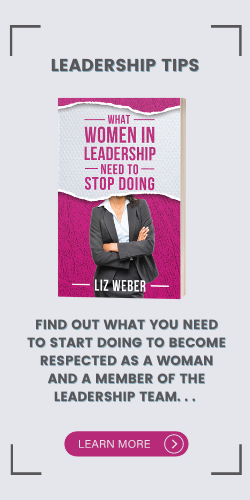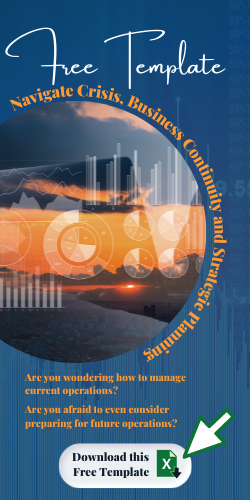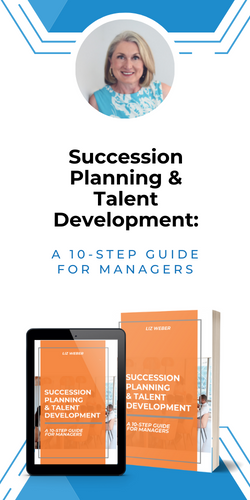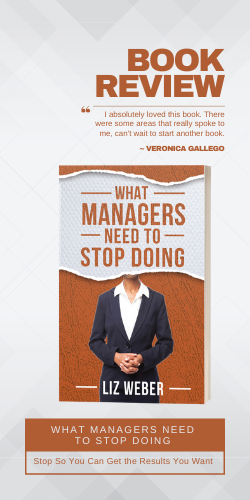I was recently asked to provide some insights into how an organization can easily, yet effectively, create documented procedures (i.e., systems). If you’ve followed any of my writings over the years, you know I’m a huge proponent of checklists, procedures, and simple documentation to ease a leader’s and the team’s working lives.
I don’t like to create complicated bureaucracies of paperwork, just easy-to-follow guides. Simple, clear checklists or standard operating procedures, when created well, support production consistency, reduce errors, serve as training and on-boarding aids, identify and document best practices, and eliminate the need for employees to recreate the wheel every time they do a job. Simple systems are a pain to create, yet they are valuable to the employees who use them, and they create value for the companies that own them. The documented systems create a knowledge warehouse others can access, and in case the company is sold, the knowledge warehouse, as one of my client’s has said, “… holds the keys to running the company effectively.”
Given the above, here is what I shared as my advice in creating procedures:
- Keep them simple.
- Use clear writing. Do not use more words than necessary.
- Number each step — if the steps need to be sequential.
- Use bullets — if the steps don’t necessarily need to be sequential.
- Start each line with an action word to immediately tell the employee what to do.
- Keep the instructions concise. One line per step ideally.
- Check the steps, as written, to ensure each key step or action is captured.
- Test the newly documented procedure by having another person follow the steps to ensure the new person is able to achieve the desired results.
- Create procedures quickly by having new staff members take notes as they are being trained, then clean up their procedural notes for use by others.
- Share and train others on the new, best-practice procedures so everyone starts using the updated procedures in the same way.
- Keep them short. People are more likely to use them if they are simple and short.
- Keep them simple.
Finally, there is no software package I recommend for creating simple processes, though they exist. I don’t recommend any package because my clients invariably “customize” how they create and store their procedures to integrate with their own production and reporting systems. Also, some of my clients still prefer to use basic 3-ring binders to keep key procedures right next to specific pieces of equipment or in vehicles for field work, while others are housing their systems on centralized servers or cloud-based servers so they can be accessed from anywhere via employee computers, smartphones, and iPads/tablets.
Do what works best for your employees and your organization. But whatever it is, keep it simple so your employees will understand it and use it.
Copyright MMXIII – Liz Weber, CMC, CSP – Weber Business Services, LLC – www.WBSLLC.com +1.717.597.8890
Liz supports clients with strategic and succession planning, as well as leadership training and executive coaching. Learn more about Liz on LinkedIn!












